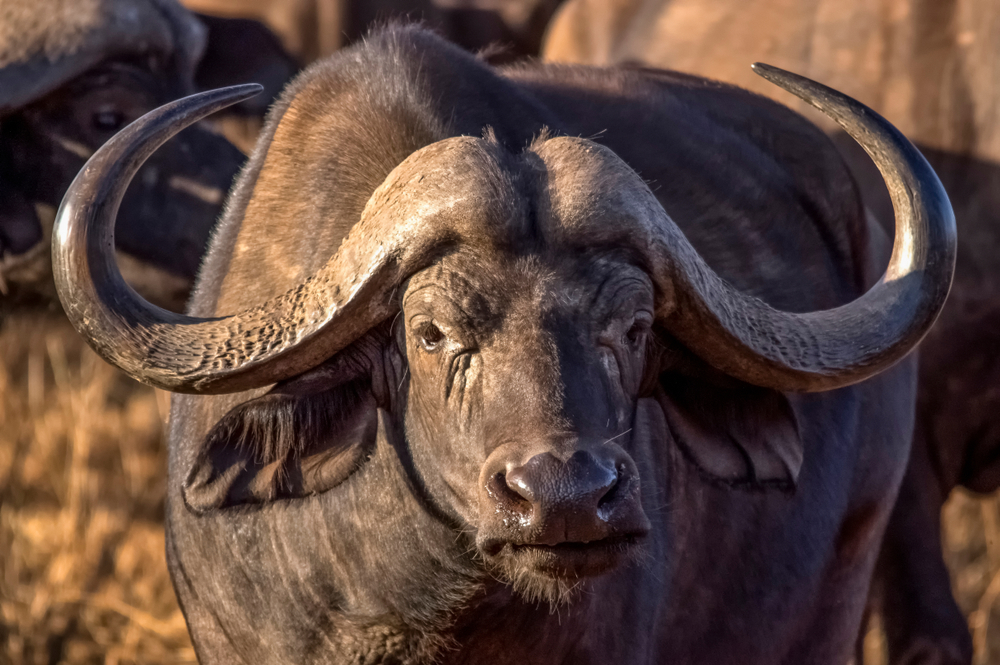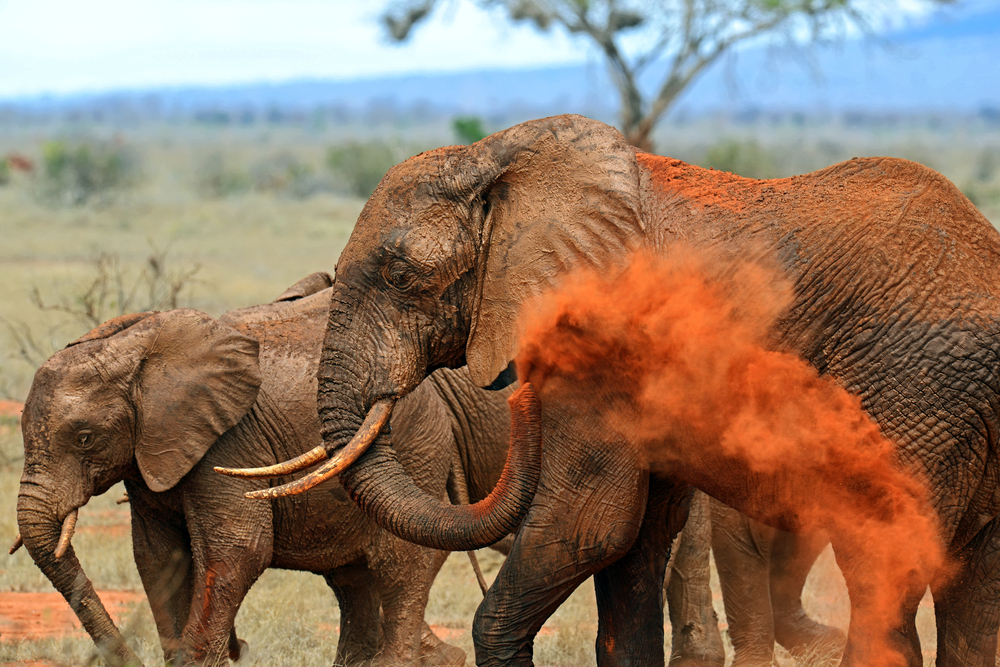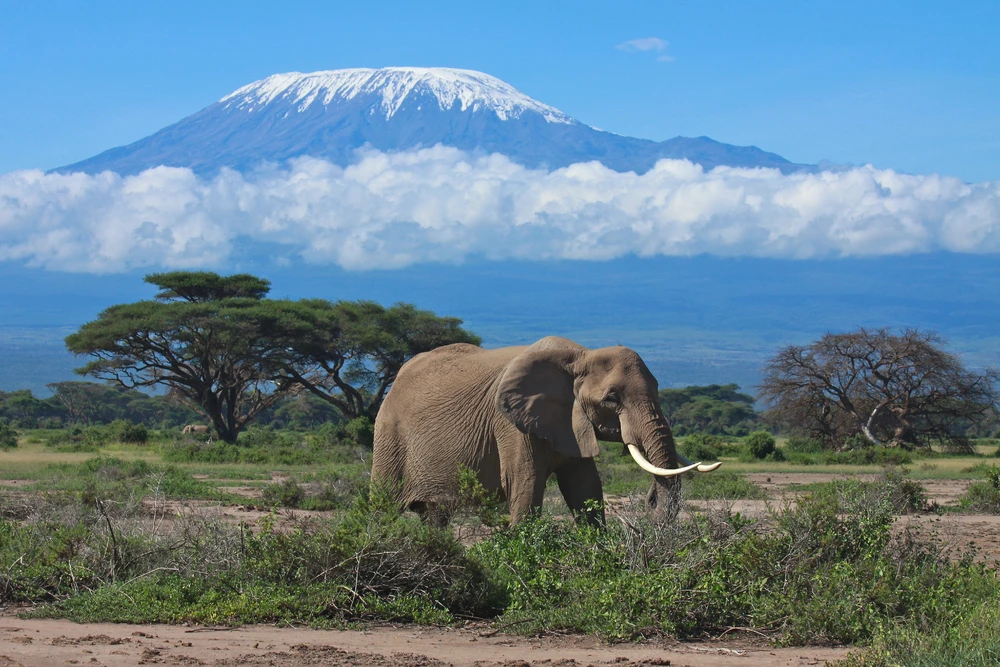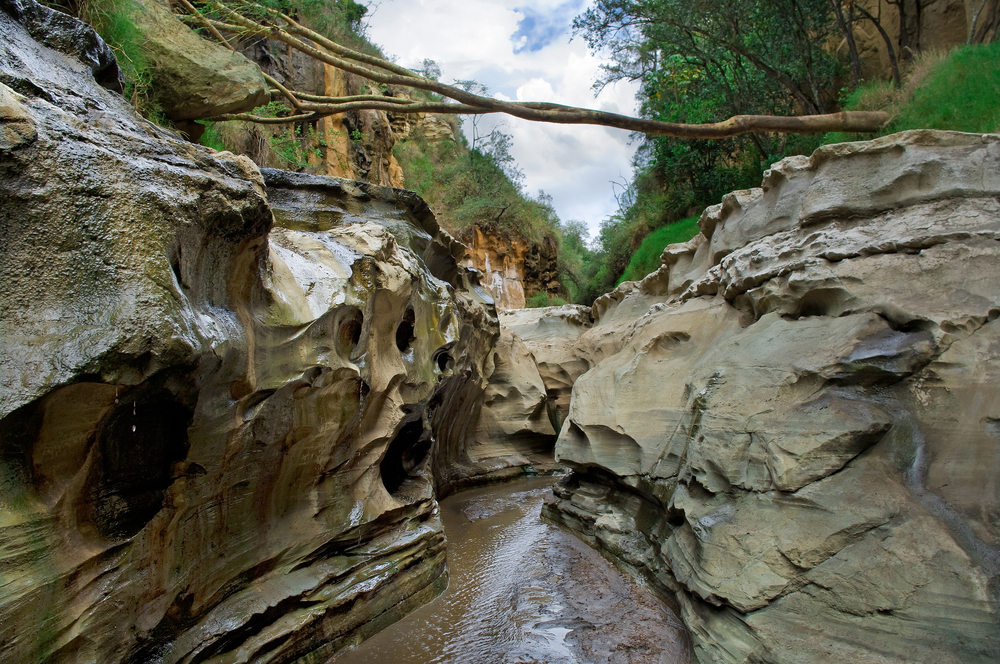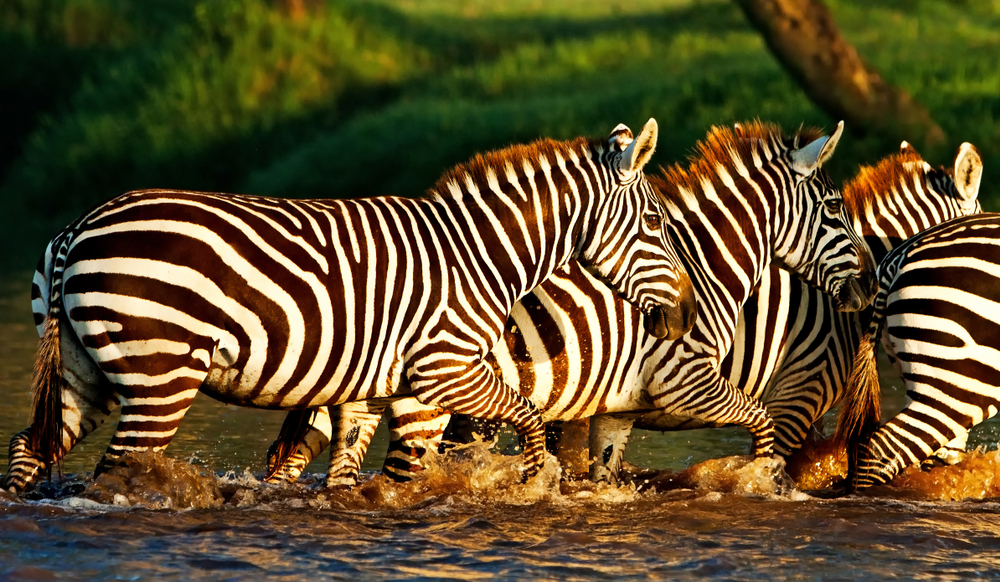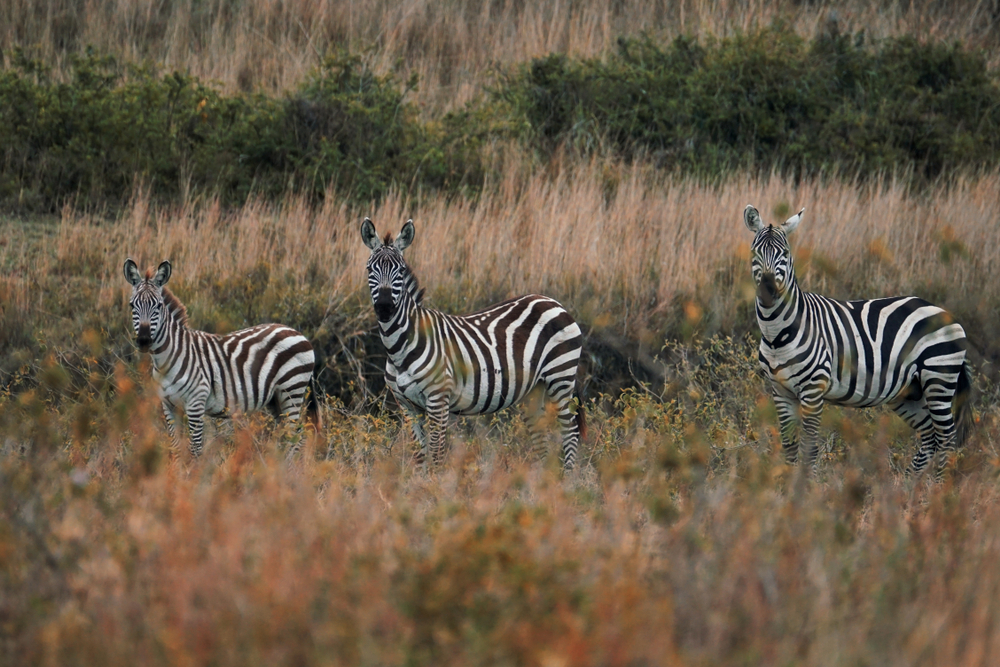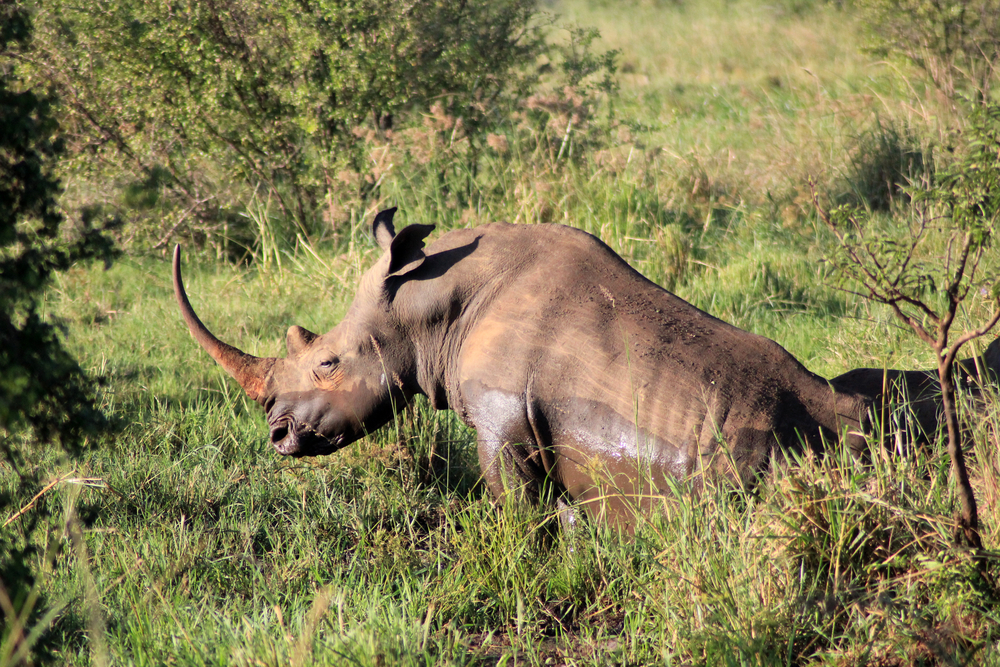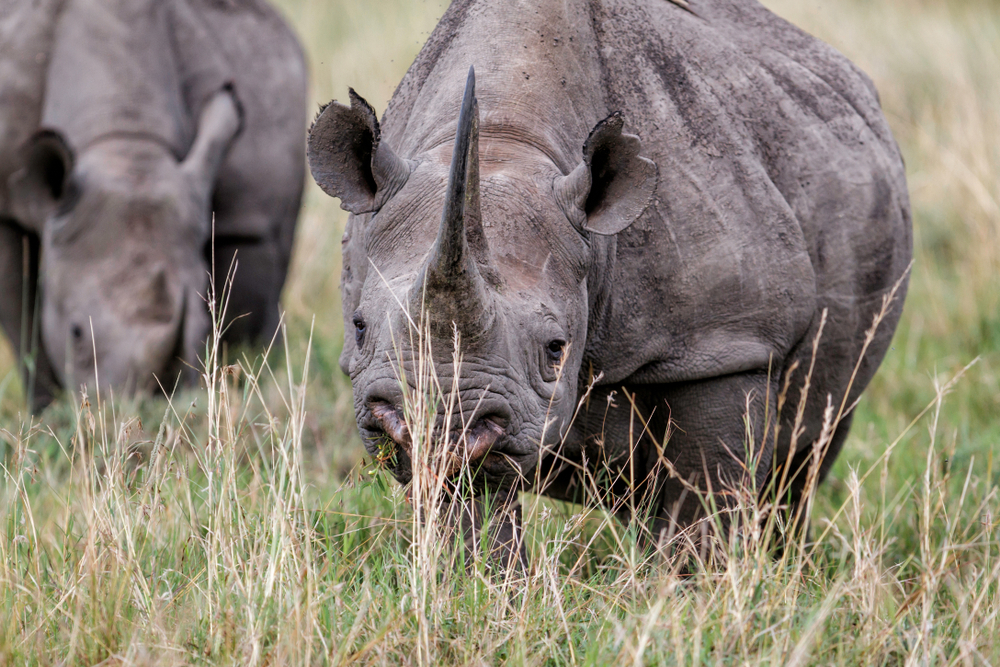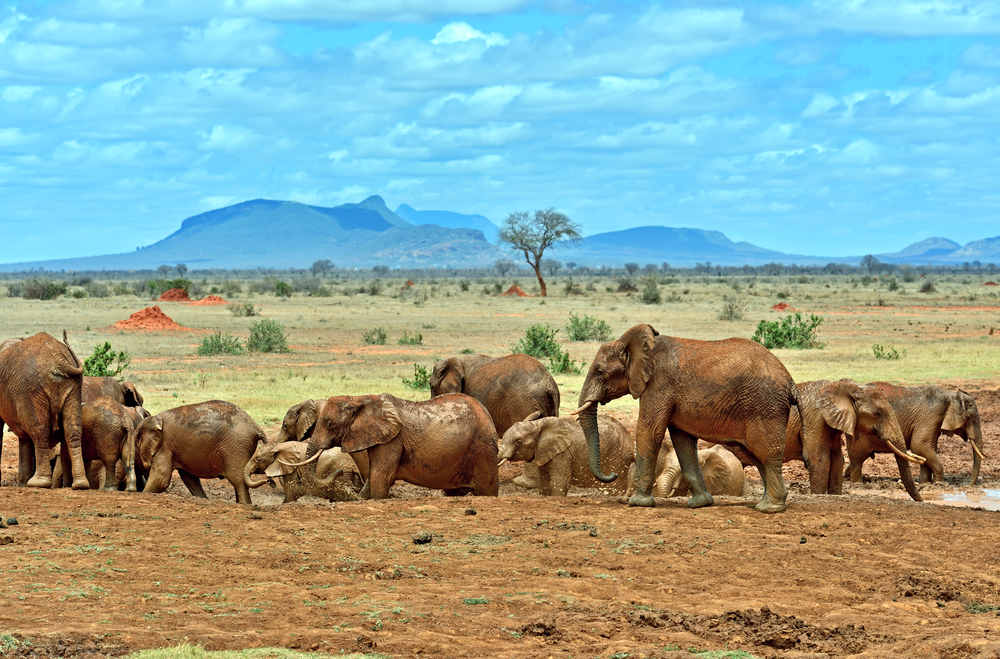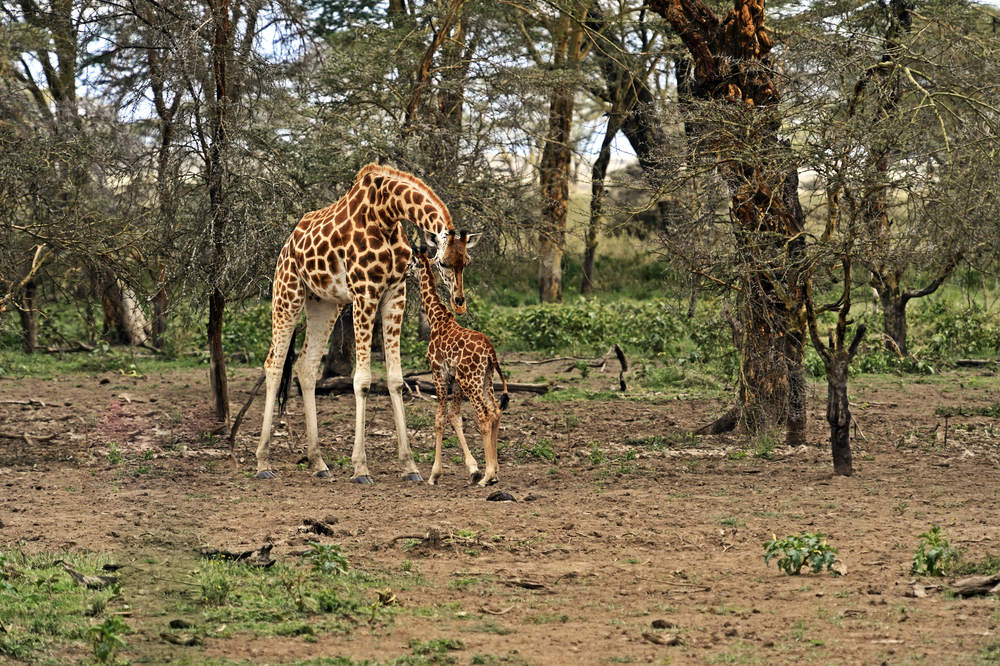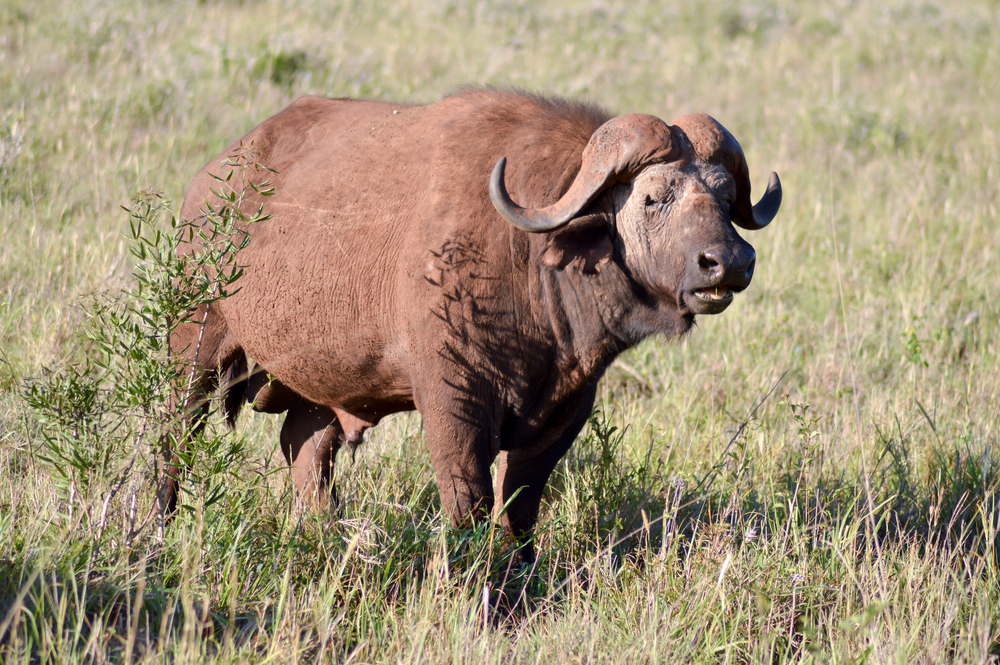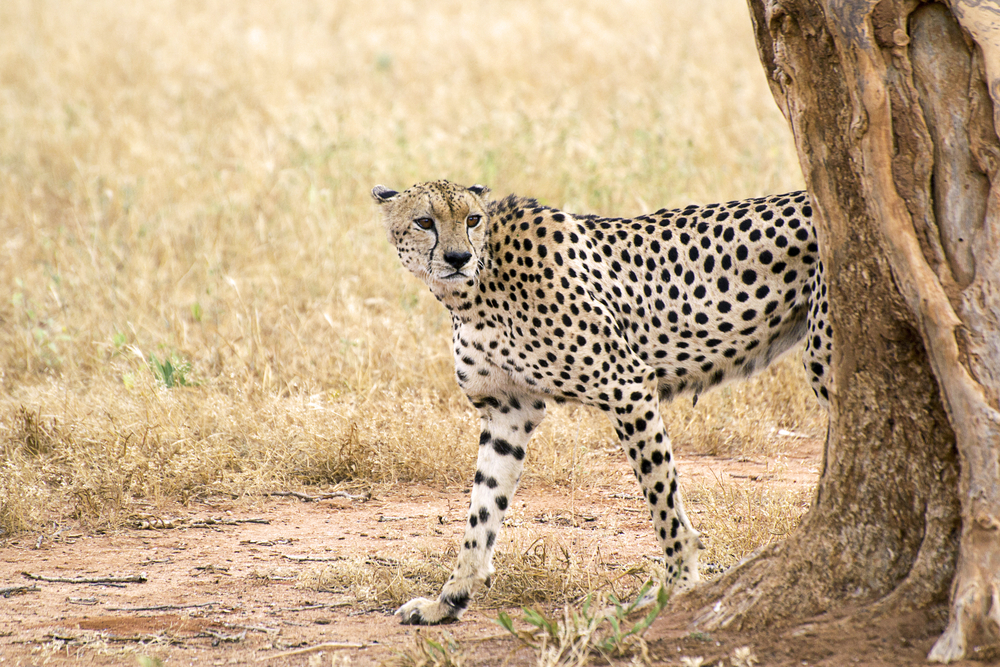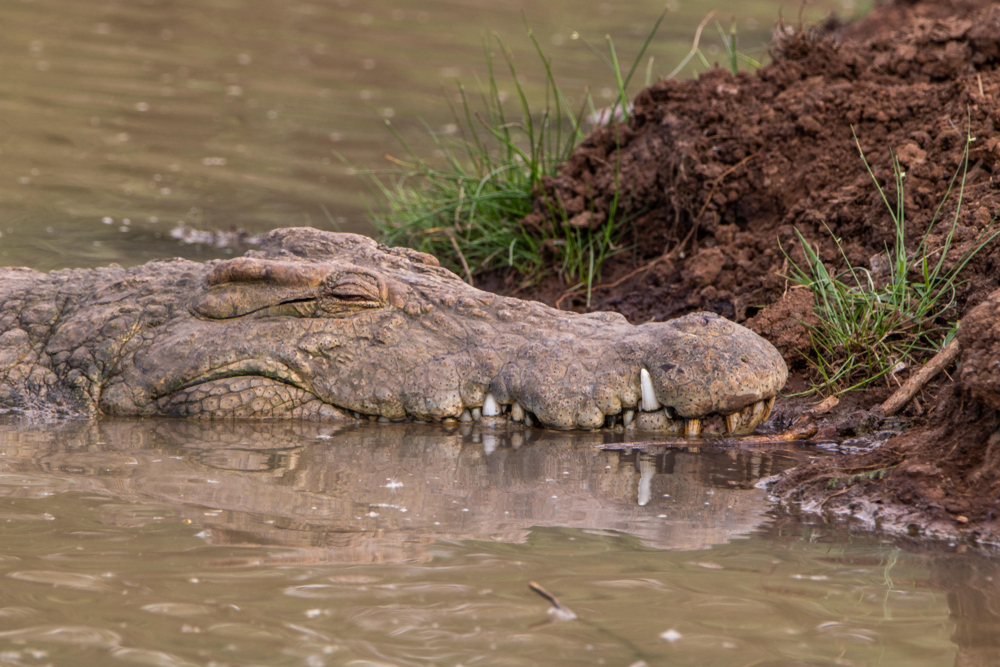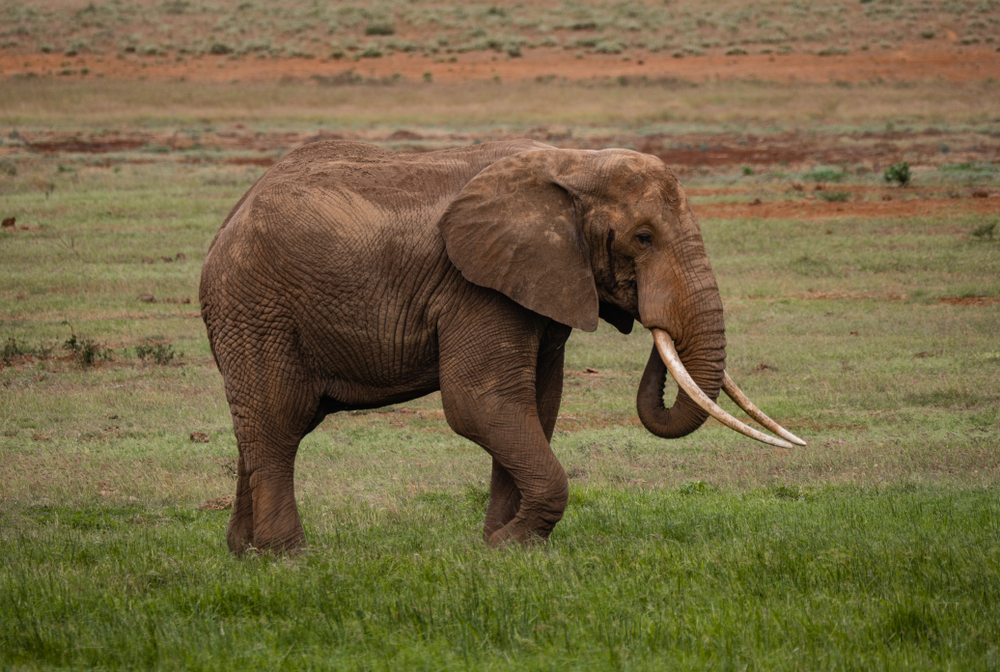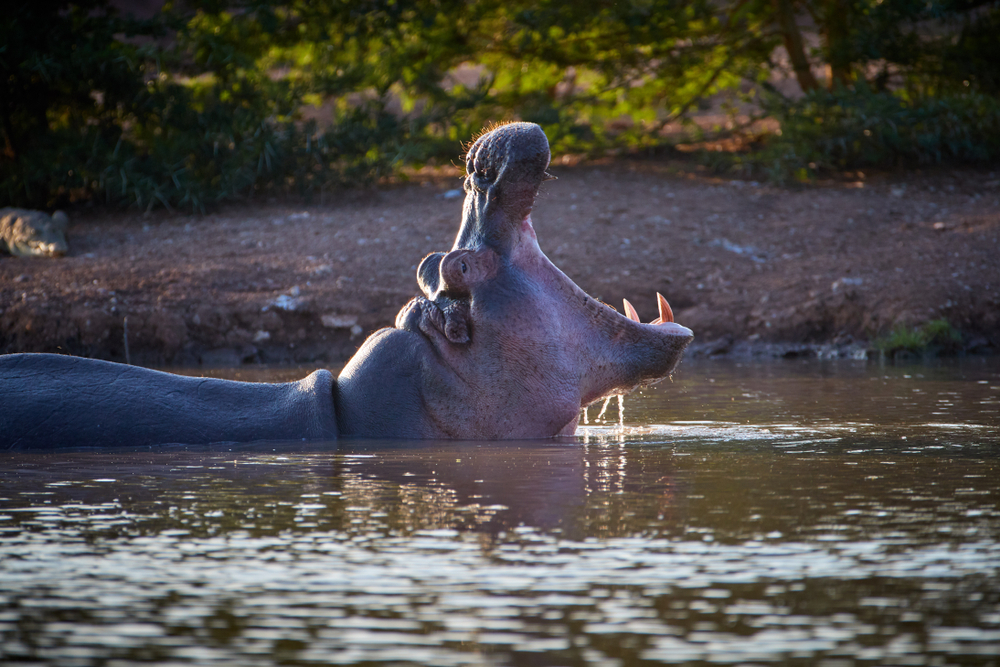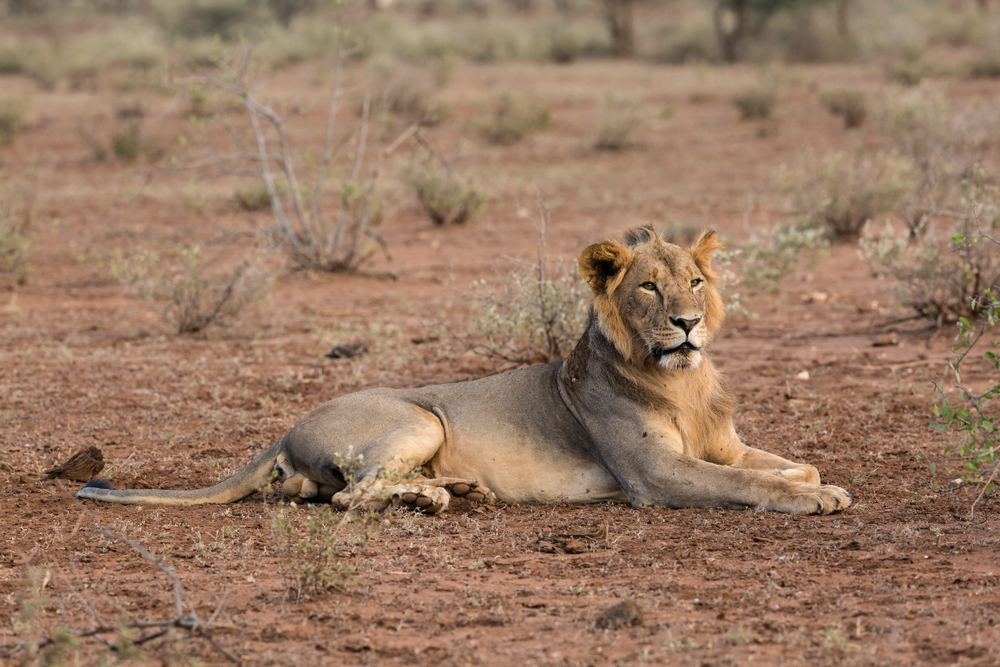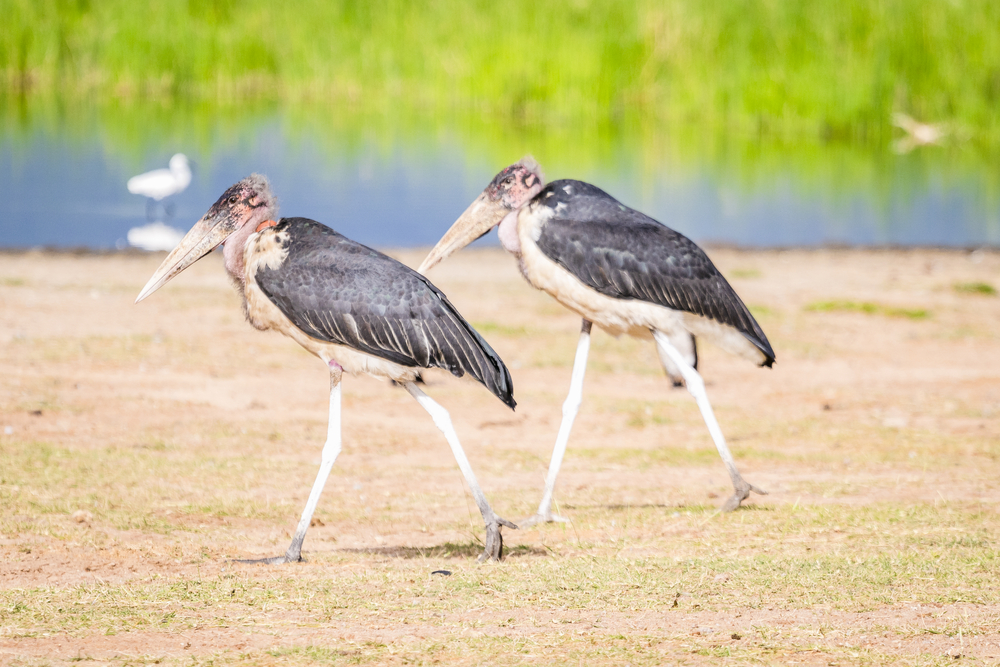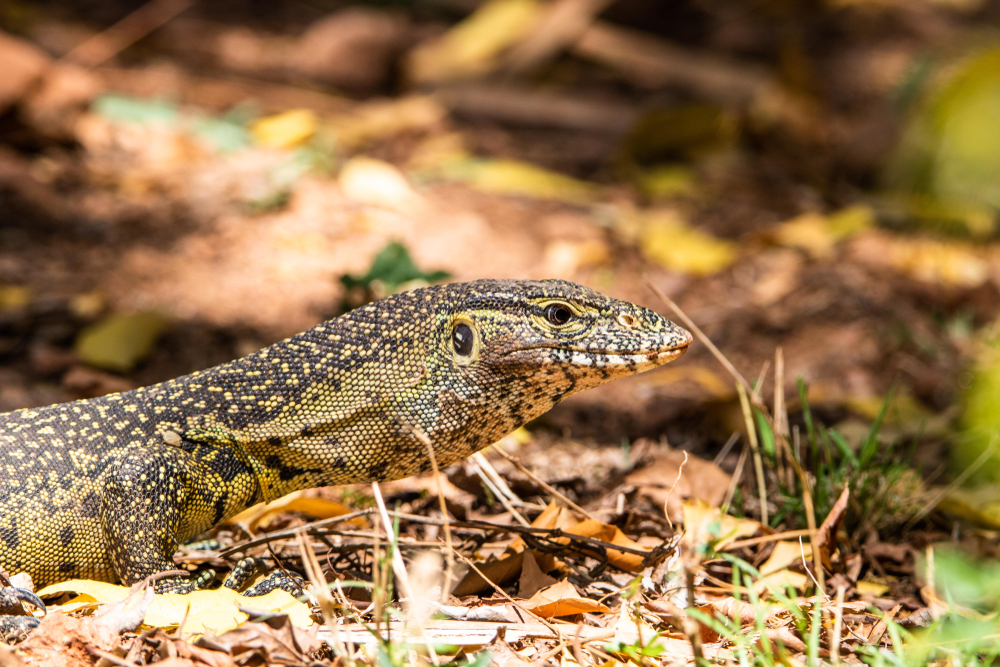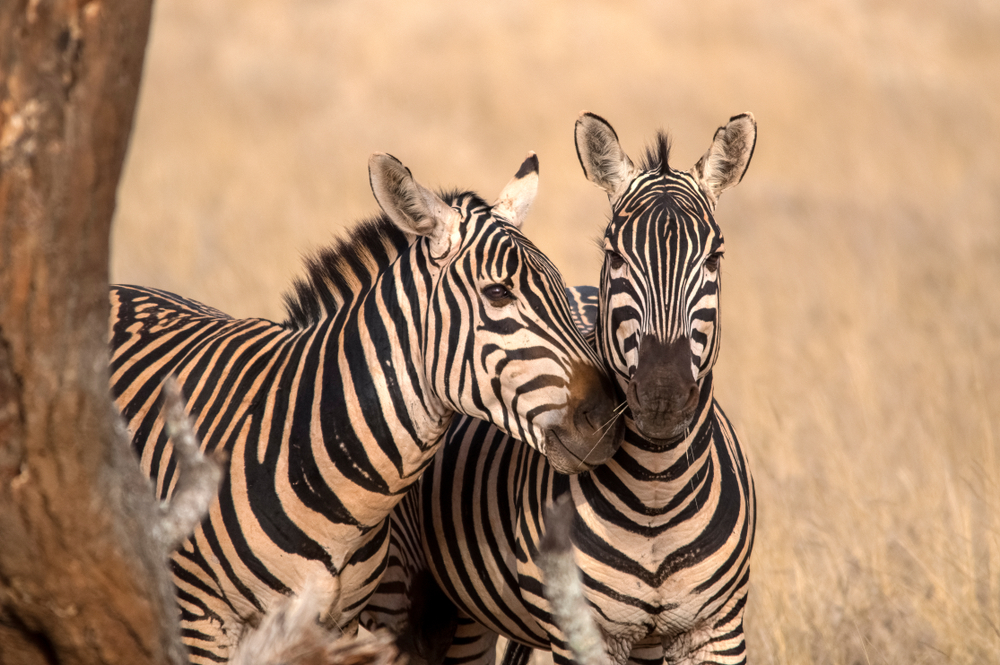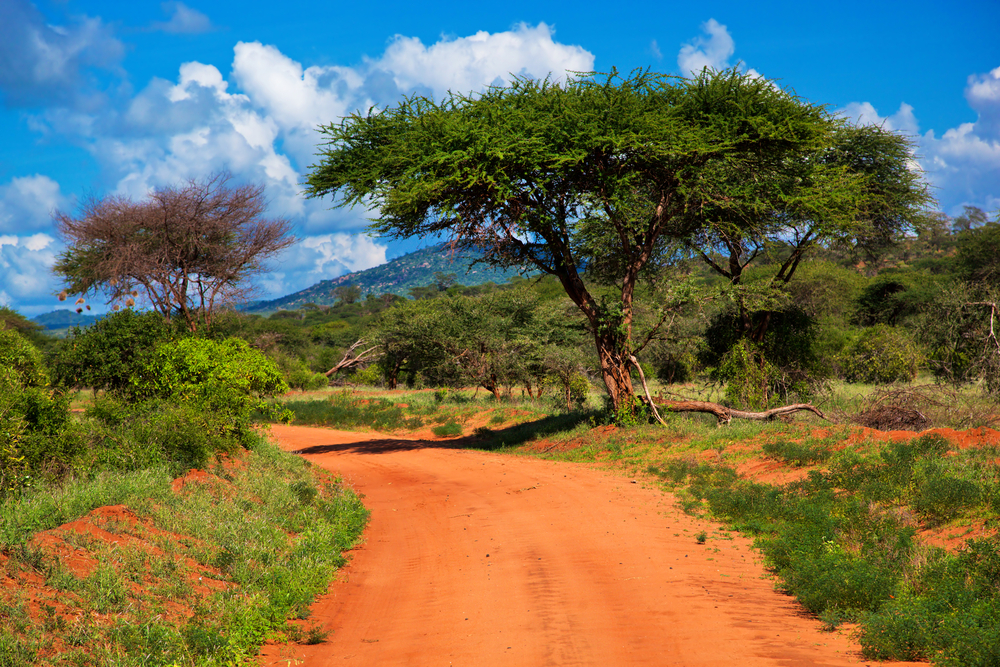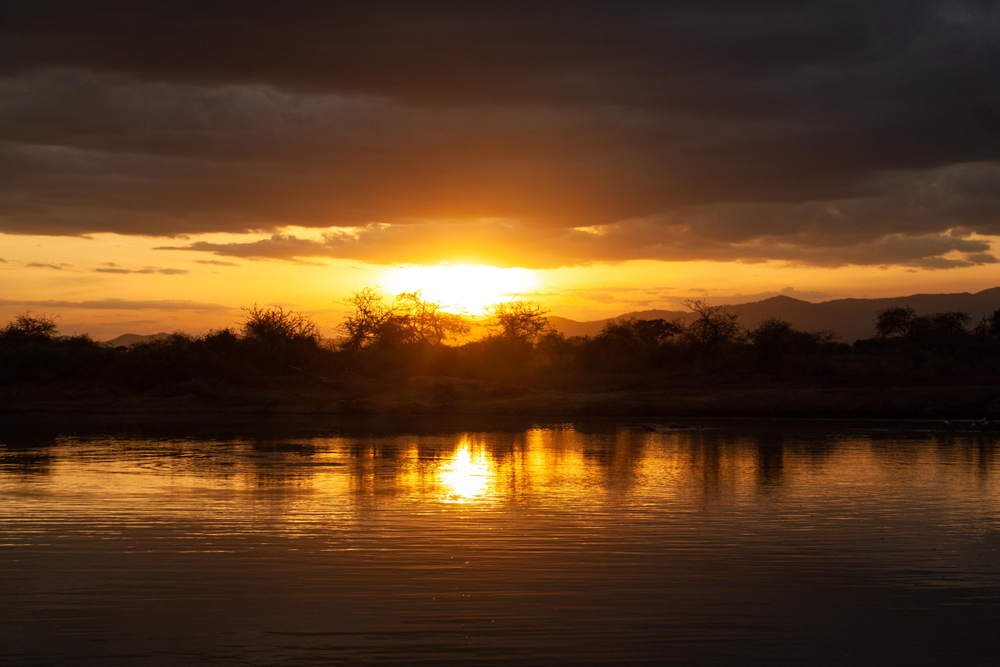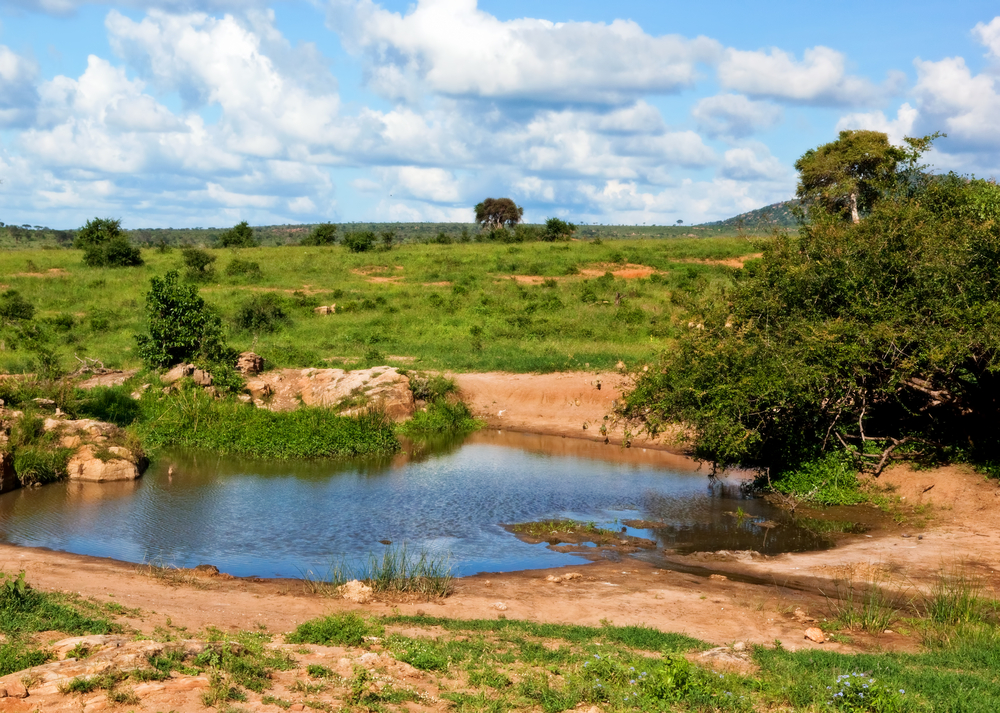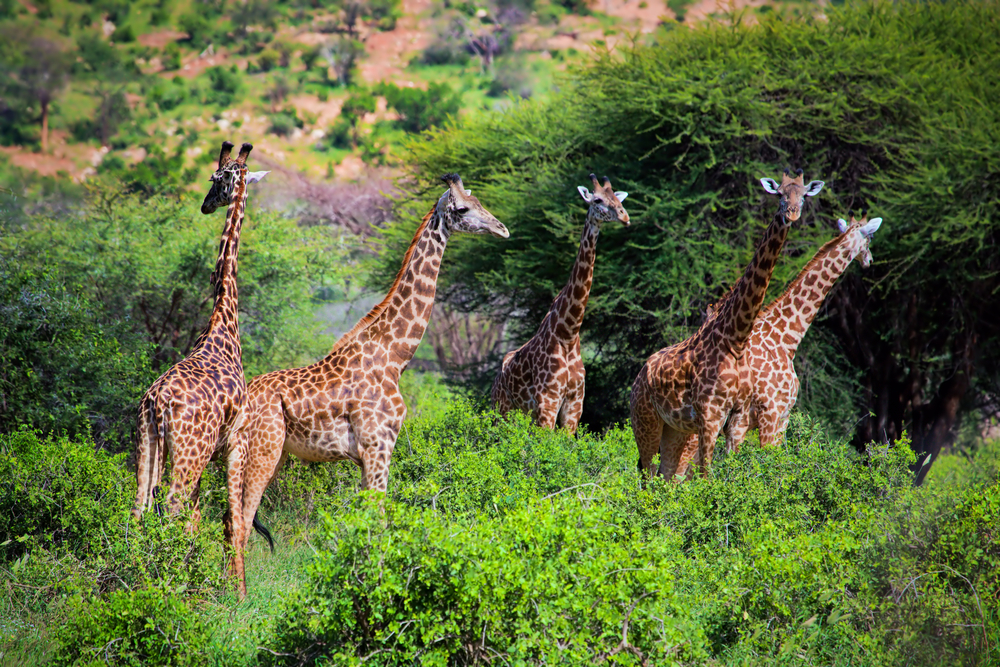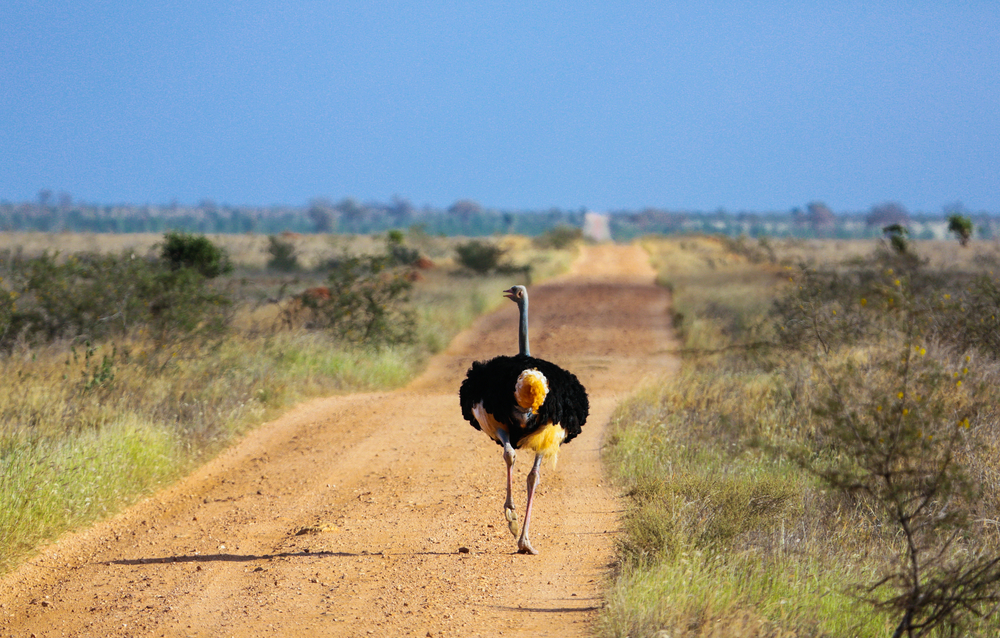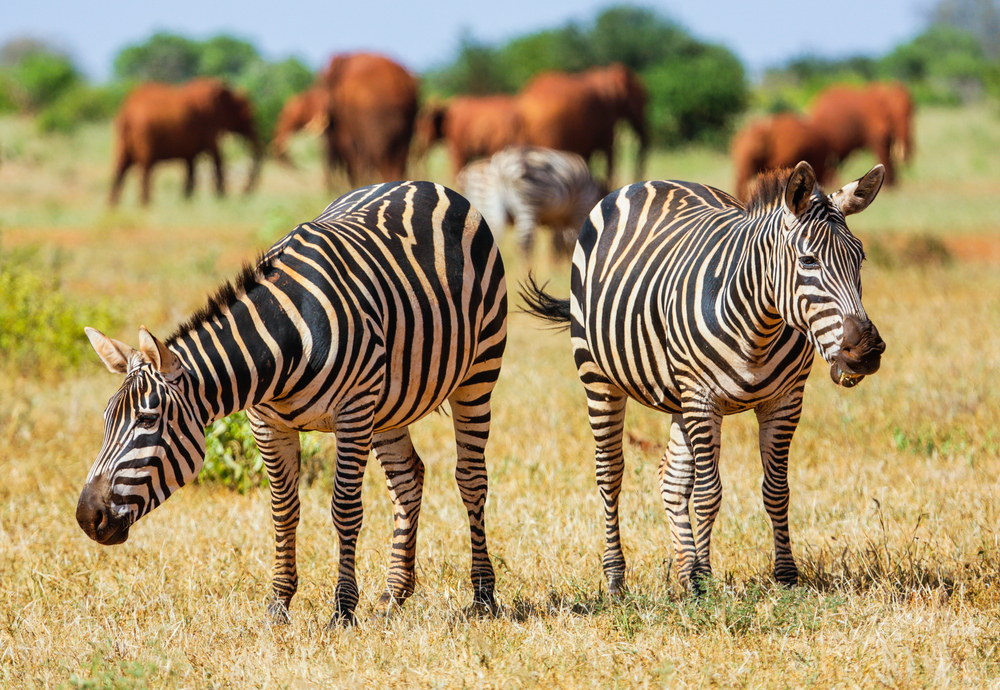Birds
Tsavo West National Park, a landscape of rugged beauty and diverse habitats, offers a haven for an impressive array of bird species. From the dense woodlands and riverine vegetation to the open savannah and rocky peaks, the park’s varied environments support a rich avian life, attracting birdwatchers and nature enthusiasts from across the globe to marvel at its feathered inhabitants.
African Fish Eagle – A symbol of the African sky, the African Fish Eagle’s piercing call is a familiar sound over the park’s water bodies, where it hunts for fish.
Secretary Bird – Striding across the savannah, the Secretary Bird is an unusual sight with its long legs and eagle-like body, hunting snakes and rodents on the ground.
Von der Decken’s Hornbill – This striking bird, with its bold black and white plumage and prominent casque on the males, is a common sight in the park’s dry bushland.
Lilac-breasted Roller – Renowned for its breathtaking beauty, the Lilac-breasted Roller displays a kaleidoscope of colors, making it one of Africa’s most photographed birds.
Red-and-Yellow Barbet – Often found near termite mounds, this colorful barbet is known for its vibrant red and yellow feathers and its distinctive, trilling call.
Taita Falcon – A rare and elusive bird, the Taita Falcon is prized by birdwatchers for its speed and agility, nesting in the park’s rocky cliffs.
Southern Ground Hornbill – With its striking black coloration and vibrant red face, the Southern Ground Hornbill is a formidable presence on the Tsavo landscape, foraging in family groups.
Superb Starling – This glossy, iridescent bird is not only a visual treat but also known for its varied and melodious songs, adding to the park’s auditory landscape.
White-headed Buffalo Weaver – Easily identifiable by its white head and contrastingly black body, this weaver is often seen in small flocks, busy constructing their large communal nests.
African Grey Hornbill – A frequent sight in Tsavo West, this hornbill is characterized by its long, curved beak and distinctive flying pattern, contributing to the park’s diverse birdlife.
Tsavo West National Park’s bird species, from the common to the rare, illustrate the incredible avian diversity of the region, making the park a prime destination for birding expeditions and wildlife observation.








































































